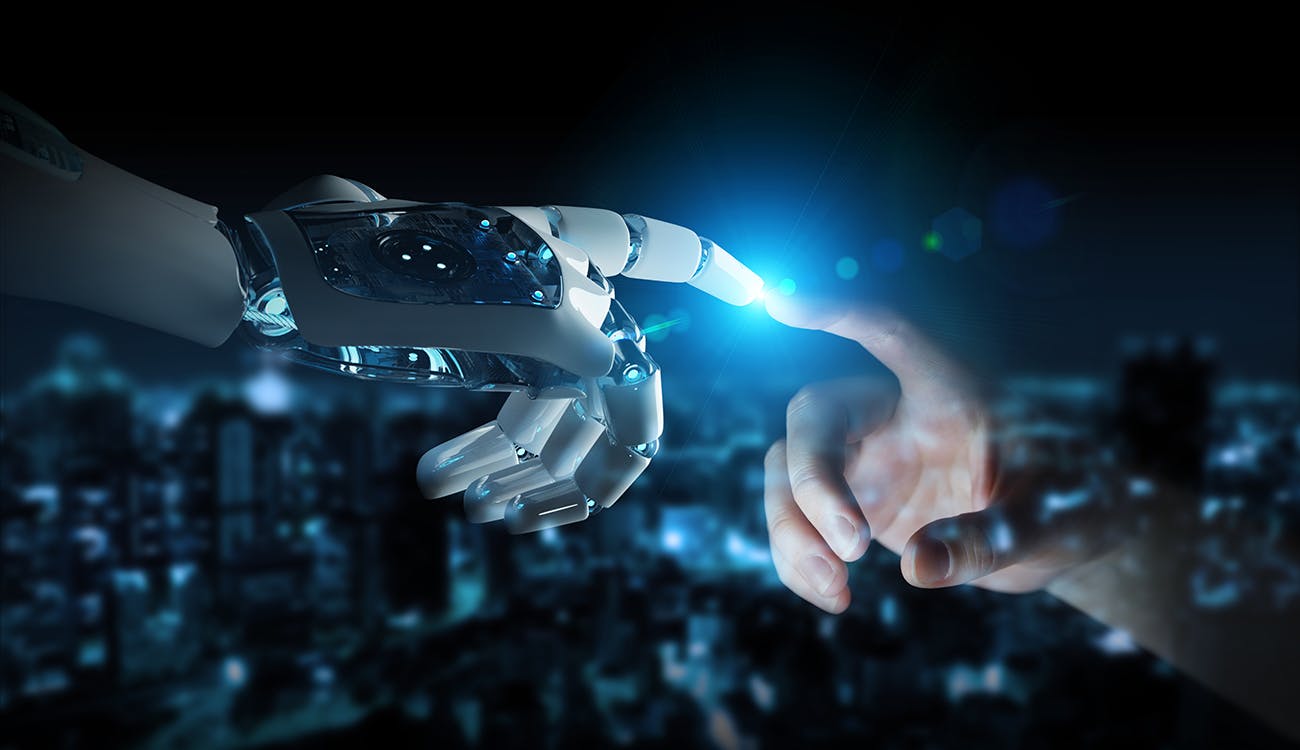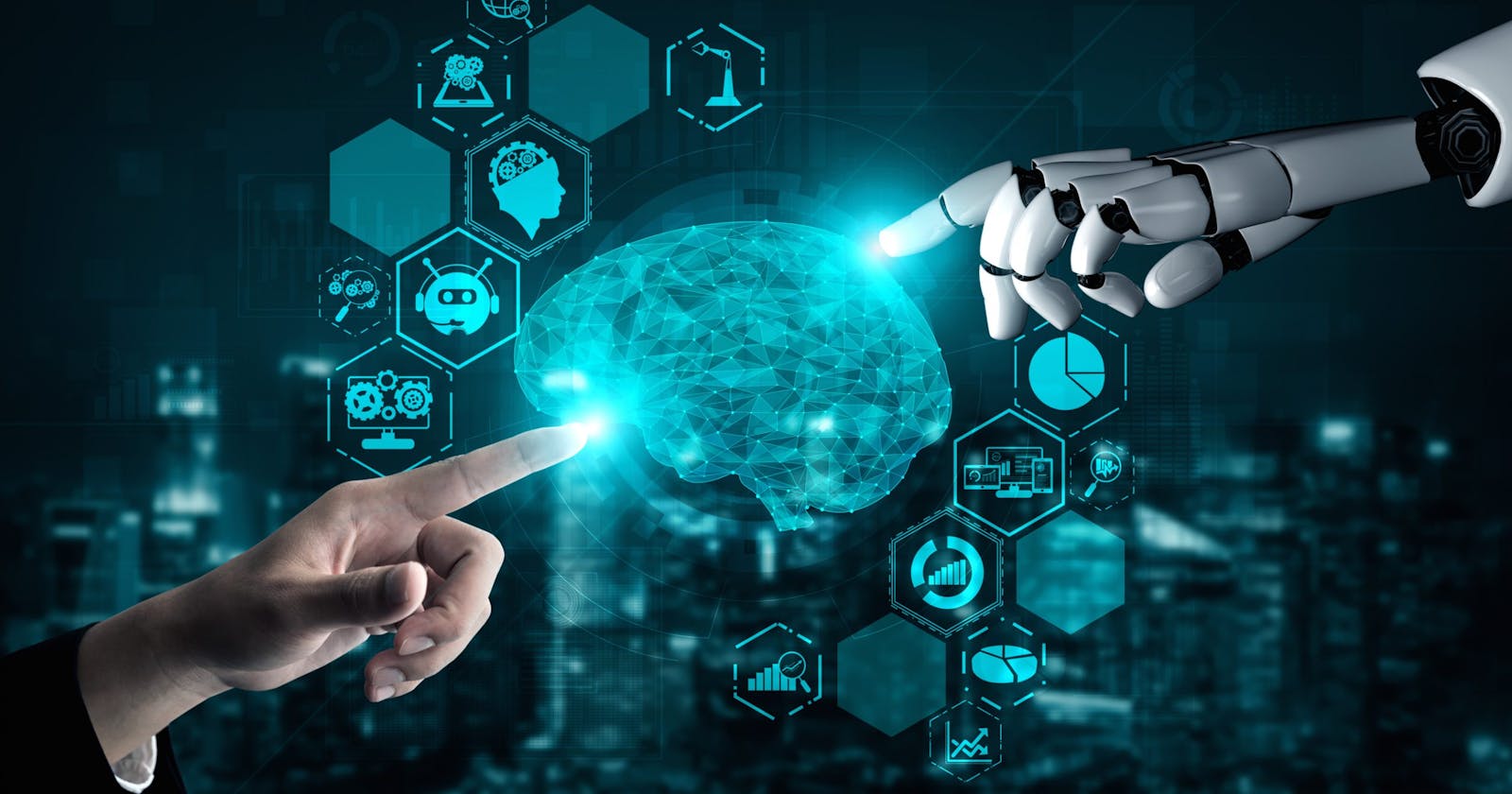Intelligent Virtual Assistant And Chatbot : Customer Experience AI
In the world of artificial intelligence are two famous words that a user can use synonymously, but they might mean different things :
1. Chatbot
2. Intelligent virtual assistants (IVAs)
Chatbots and intelligent virtual assistants are computer programs that are designed to assist, answer questions, or perform tasks for users, without human intervention. They can interact with humans through natural language conversations.
Chatbots are rule-based systems in that they follow a pre-defined rule or scripted responses to interact with the user: it is programmed to recognize phrases and keywords and respond accordingly. However, IVAs are advanced chatbots that use artificial intelligence and machine learning to understand and learn from the user's interactions and improve their responses over time.
What is a chatbot?
A chatbot is a computer program or a rule-based system that is designed to respond and interact with a user using a scripted or pre-defined rule, typically via a messaging interface such as text or voice. They are often used to respond to specific user input, provide customer service, answer frequently asked questions(FAQ), and automate simple tasks.
Chatbots can be deployed on a variety of communication channels:
Messaging apps like WhatsApp or Facebook Messenger
mobile applications for enterprise
Social media apps
Email and SMS.
There are two main types of chatbots:
Rule-based chatbot
AI-powered chatbot
Rule-based chatbots follow a pre-determined set of rules and responses, while AI-powered chatbots use machine learning algorithms to understand user intent and provide more personalized responses.
What is an Intelligent Virtual Assistant?
An Intelligent Virtual Assistant (IVA) is a more sophisticated chatbot that uses machine learning algorithms and Natural Language Processing (NLP) to understand user queries, interpret human language retrieve relevant information, and respond appropriately in real time.
IVAs are more versatile than traditional chatbots, as they can learn from user interactions and analyze user behavior to improve their responses over time using machine learning algorithms. They can also perform complex tasks such as scheduling appointments, making reservations, and ordering products or services on behalf of the user.
Hence, IVAs are deployed in a variety of contexts to automate repetitive tasks and improve the user experience, such as:
Customer service
Healthcare
Education
E-commerce.
Fintech
Some examples of IVAs include Apple's Siri, Amazon's Alexa, Google Assistant, and Microsoft's Cortana.
Key differences between Chatbots and Intelligent Virtual Assistants (IVAs)

Of course, chatbots and intelligent virtual assistants use artificial intelligence(AI) to interact with their users, but the key difference is in their sophistication in functionality. The IVAs are more versatile than chatbots.
INTELLIGENCE:
Chatbots can only answer those queries they have been programmed for and fails if the query is other than the one they have in its program. they are not very proficient in processing languages due to the limited bandwidth in their programming.
On the other hand, IVAs are more sophisticated as they can learn from user interactions and analyze user behavior to improve their responses over time using machine learning algorithms. They are adept in processing language and can also understand the semantics of the commands.
DESIGN:
Chatbots are designed based on models that provide an architecture on how to generate responses depending on the purpose for which they’re used.
Whereas, the IVAs are AI-powered using artificial neural networks(ANNs) to continually learn from historic inputs.
COMPLEXITY:
IVAs have a deeper understanding of natural language processing and AI technologies thereby handling more complex tasks than chatbots.
PURPOSE:
Chatbots are designed for specific purposes such as answering FAQs and customer service, while IVAs provide a broader range of services including scheduling appointments, making reservations and ordering products or services.
USER EXPERIENCE:
Chatbots being a rule-based system are more transactional in nature, while the IVAs are designed to provide a human-like conversation experience.

Comparison of Chatbots and IVAs
| CHATBOTS | IVAs |
| chatbots reply only to a specific set of commands or questions. | IVAs are more smarter than chatbots |
| Chatbots are deployed to customer service and care | IVAs are deployed to projects likr VR, decision making and e=commerce |
| It has a limited language processing skills | IVAs primarily focuses on natural language understanding and natural language processing |
| They are created using nodeJS, javascript and python | IVAs uses artificial neural networks to learn from its users |
In summary, while chatbots are limited to pre-defined responses, IVAs are more advanced and can use machine learning to understand user intent and provide personalized responses. Chatbots can be used predominantly in enterprise systems while on the other hand, IVAs are used in the consumer world and in handheld devices such as the smartphones, tablets etc. Just as Chatbots and Virtual Assistants fundamentally differ in their design, one cannot perform the exact same functions as the other.

